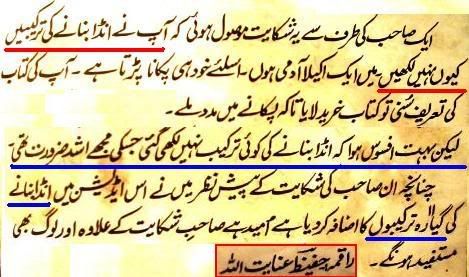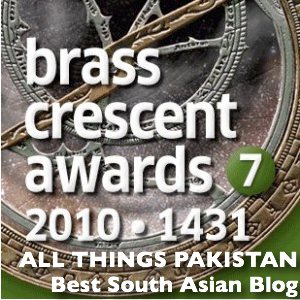Asma Mirza
 Photo news stories used to be a regular feature of ATP. See here, here and here. I am reviving the tradition here. Oh, but the title should not be mixed with akhbar-e-jahaaN‘s series of ‘3 auraten 3 kahaniaan’. If you are looking for fiction, you probably won’t find it here. Below are life moments as they come: visually.
Photo news stories used to be a regular feature of ATP. See here, here and here. I am reviving the tradition here. Oh, but the title should not be mixed with akhbar-e-jahaaN‘s series of ‘3 auraten 3 kahaniaan’. If you are looking for fiction, you probably won’t find it here. Below are life moments as they come: visually.
The photo to the right is courtesy of Dawn. It shows motorcyles parked illegally being lifted in Rawalpindi. While supremacy of law is being upheld, I am not sure why the supermanly act atop forklift blades is going on. Who is this guy? Most likely he is the one who puts motorcyles on forklift blades but then he is either too lazy to get back to the seat or he is up there to make sure motorcycles do not fall.
Read Full Post
 Owais Mughal
Owais Mughal
We proudly own a copy of Hafeez Inayatullah‘s famous book ‘khaana pakaana’ (cooking meals). At first we thought the book was written by a male author named Mr Hafeez, but after reading the preface it dawned on us that author is infact a lady named Ms Hafeez, because she wrote the word ‘raqma‘(female writer) before her name.
After first edition of the book was published, a dejected single male complained to Ms Hafeez that her book doesn’t tell him how to cook eggs. Ms Hafeez immediately paid heed to this important need of single population and 2nd edition of the book now contains 11 priceless recipes on how to cook eggs. Below is an excerpt from the preface where Ms Hafeez explains the reasons of including egg recipes.

Read Full Post
Fawad
Every year, The Economist magazine prints a delightful ‘special holiday double issue†around Christmas. It is filled with unfailingly interesting essays on an amazingly wide array of subjects. This year’s piece de resistance is the essay on South Asian Sufi Islam titled “Of Saints and Sinnersâ€.

The essay is a wonderfully reported depiction of popular Islam as practiced by the millions of devotees of Sufi saints whose tombs and shrines are dotted all across India and Pakistan. These adherents range from the more serious-minded who seek self knowledge as a path to knowing God through contemplation, meditation and Quranic recitations to the far more numerous who flock to these shrines to beseech the saints to answer their prayers, leave offerings of gratitude and to celebrate the popular festivals centered around the urs (death anniversary) of their respective saint. An urs is a festive celebration because the word literally means wedding night to signify the saint’s union with God after death.
Read Full Post
 Photo news stories used to be a regular feature of ATP. See here, here and here. I am reviving the tradition here. Oh, but the title should not be mixed with akhbar-e-jahaaN‘s series of ‘3 auraten 3 kahaniaan’. If you are looking for fiction, you probably won’t find it here. Below are life moments as they come: visually.
Photo news stories used to be a regular feature of ATP. See here, here and here. I am reviving the tradition here. Oh, but the title should not be mixed with akhbar-e-jahaaN‘s series of ‘3 auraten 3 kahaniaan’. If you are looking for fiction, you probably won’t find it here. Below are life moments as they come: visually.


























































